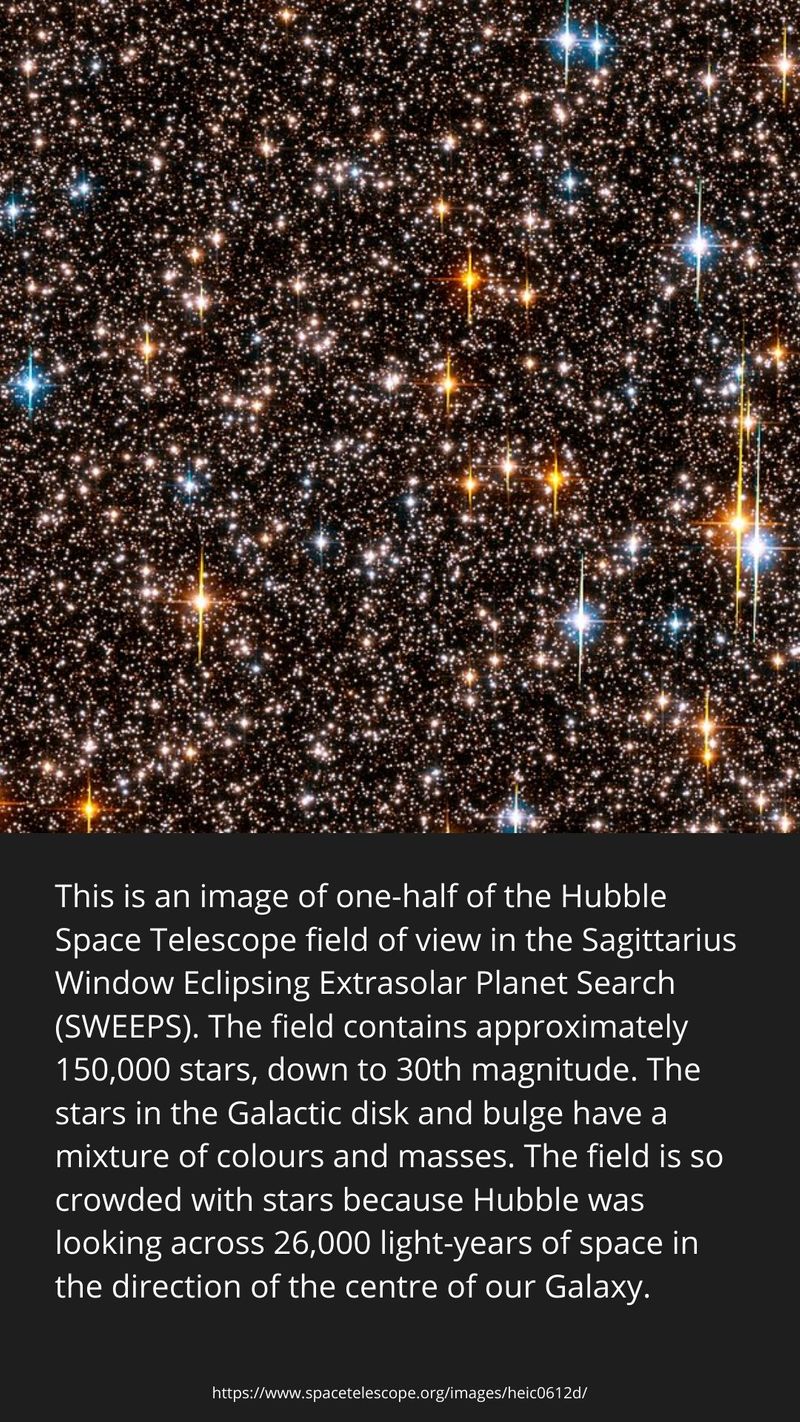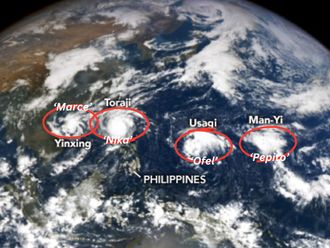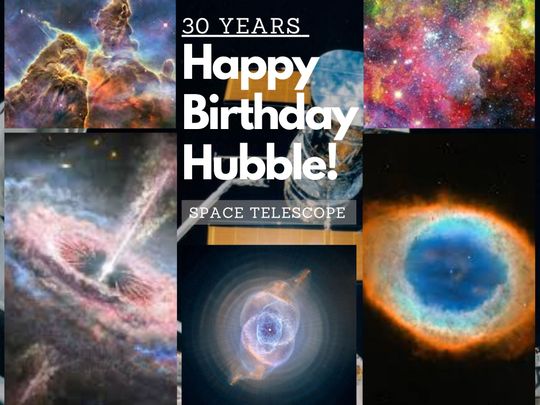
Dubai: It was 30 years ago today (April 25, 1990), when the Hubble Space Telescope was launched.
Over the last three decades, this eye in the sky has covered more than 6 billion kilometres.
In the proces, the orbiting observatory gave us some of the most amazing photos. But more than the stunning pictures, it has also greatly expand our knowledge of the universe.
So what makes this instrument special? Here's all you need to know about the Hubble Space Telescope.
1: What is it?
As the name suggests, the Hubble Space Telescope is a telescope in orbit. An astronomical tool in the sky. It’s also a spacecraft that can be controlled from the ground.
2: Why is this day special for the Hubble space telescope?
Today, April 25, 2020, the Hubble Space Telescope celebrates 30 years since its launch.
3: How did the idea start?
Hubble's history started from the first proposal of a space telescope by Lyman Spitzer in 1946, During the 1970s, the US National Aeronautics and Space Administration (NASA) and the European Space Agency (ESA) began planning for such a project.
Hubble saw five servicing missions in the 1990s and 2000s. During its years in orbit, it made many significant observations and discoveries Hubble.
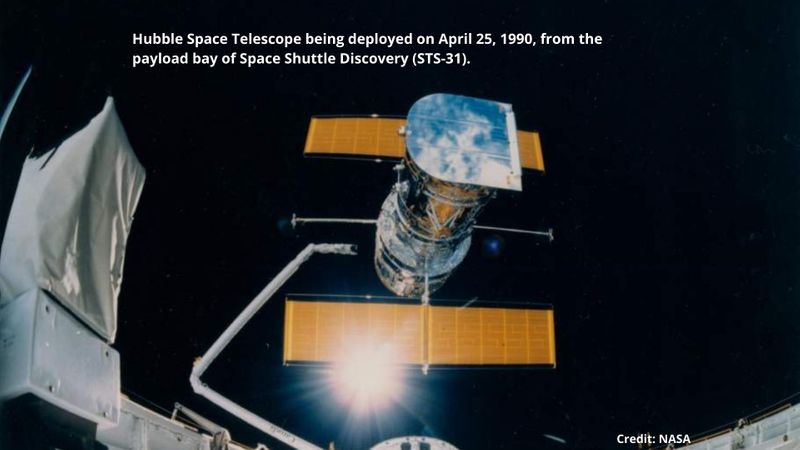
4: What’s the advantage of using a space-based telescope?
It’s deemed necessary so astronomers could transcend the blurring effects of the earth’s atmosphere and take clearer images of the Universe, the likes of which man has never seen or done before.
Hubble's orbit above the Earth means scientists are able to avoid the distorting atmosphere to make the very high-resolution observations essential in understanding planets, stars and galaxies. Hubble was designed as a high-standard flagship mission and has paved the way for other space-based observatories. Notably it can access the otherwise invisible ultraviolet part of the spectrum, and also has access to areas of the infrared not visible from the ground.
5: How did the Hubble Space Telescope add to our knowledge of the universe?
This telescope-spacecraft, has delved deeper into the early years of the Universe than was ever thought possible.
- It has played a critical part in the discovery that the expansion of the Universe is accelerating.
- It has probed the atmospheres of planets around distant stars.
- It’s been one of the most successful scientific collaborations.
- It's a massive success, with long-term impact on engineering, science and culture.
It has played a critical part in the discovery that the expansion of the Universe is accelerating.
6: Where did it get its name from?
The Hubble Space Telescope is named after Edwin Powell Hubble (1889-1953), one of the great pioneers of modern astronomy.
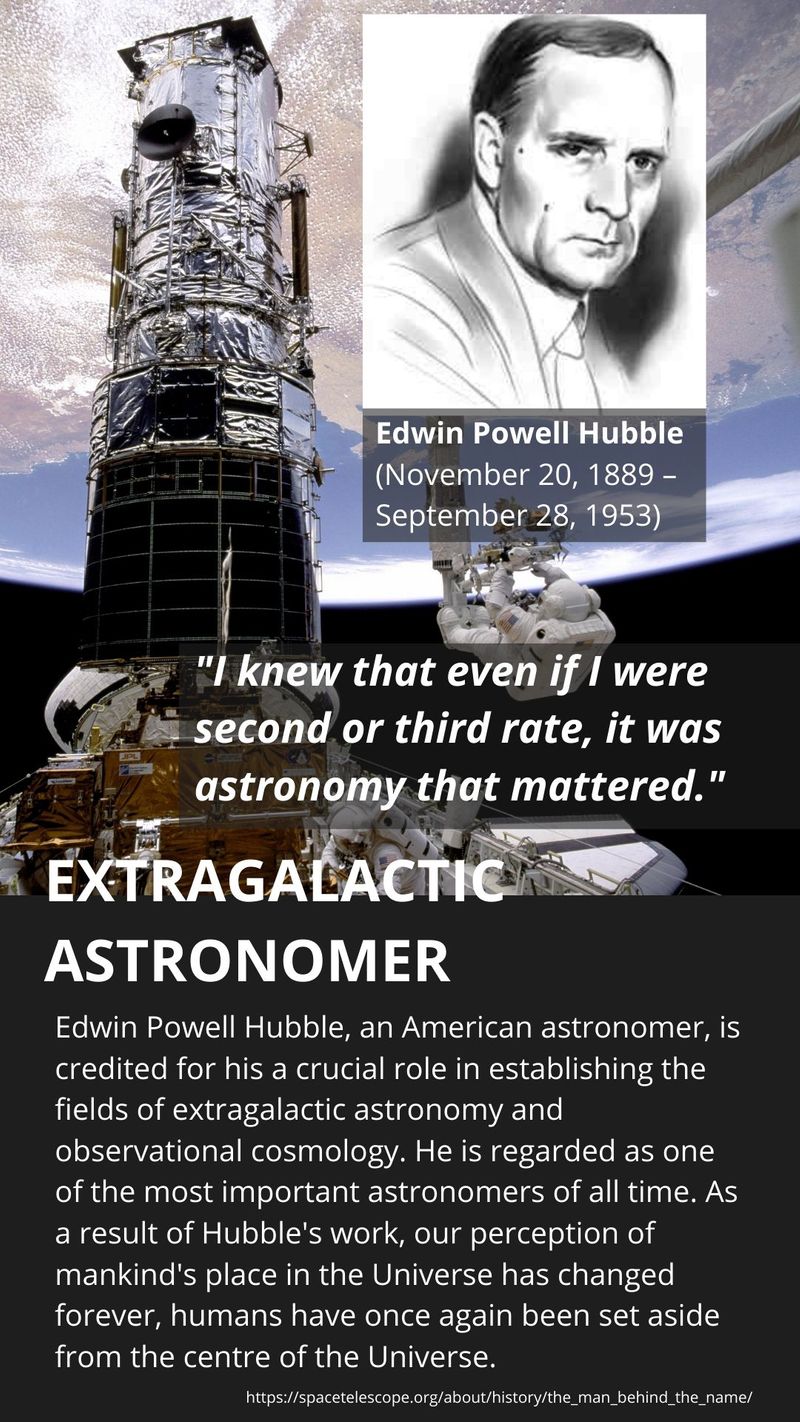
7: What's in this flying telescope?
At the heart of Hubble are a 2.4-meter primary mirror.
It also has a collection of five science instruments that work across the entire optical spectrum — from infrared, through the visible, to ultraviolet light.
Hubble is equipped with cameras, spectrographs and fine guidance sensors.
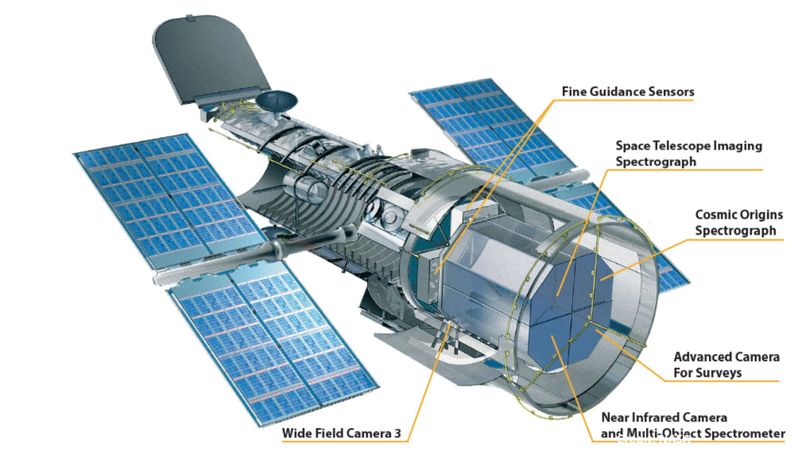
8: Can astronauts fix it when something wrong happens?
Yes.
The observatory was designed to be serviced in space, allowing outdated instruments to be replaced.
This is because the telescope was placed into a low-Earth orbit and uses modular components so that it can be recovered on subsequent missions.
That way, faulty or outdated parts are more easily replaced before being re-released into orbit.
9: How many times has it been serviced?
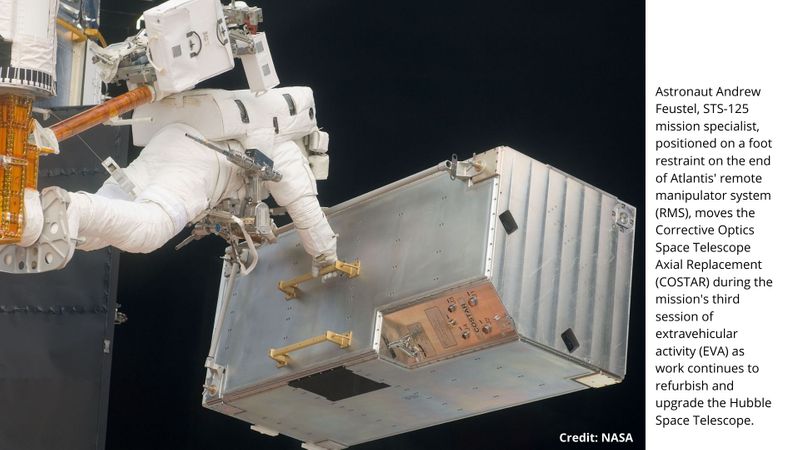
Five. While the US Space Shuttle program was still active, five missions have repaired, upgraded, and replaced systems on the telescope, including all five of the main instruments.
10: What problems were sorted on the Hubble Space Telescope?
Following its launch however, astronomers quickly realized it wasn’t working correctly. A defect in the mirror resulted in blurry images of object. Astronauts repaired the telescope in 1993 by adding an instrument to correct for the lens aberration — essentially eyeglasses for Hubble.
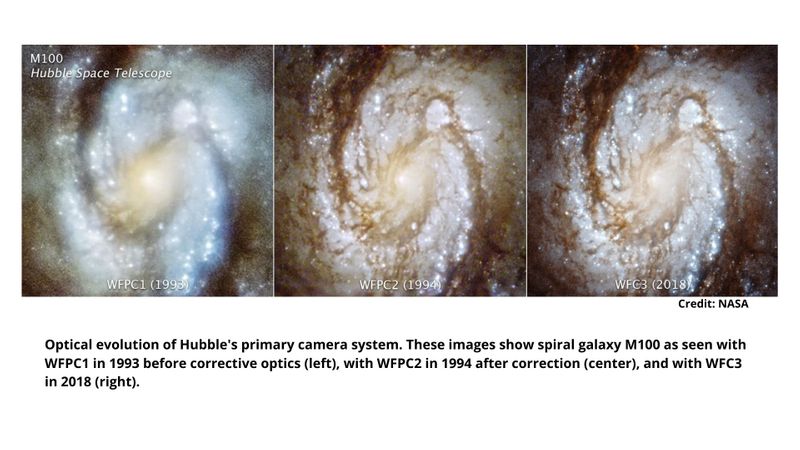
That was the first of five service missions. Others added new cameras, repaired gyroscopes, and replaced the batteries. The last Hubble service mission was in 2009, prior to the end of Shuttle flights in 2011. Hubble has long outlived its original life span, and it’s due for replacement soon.
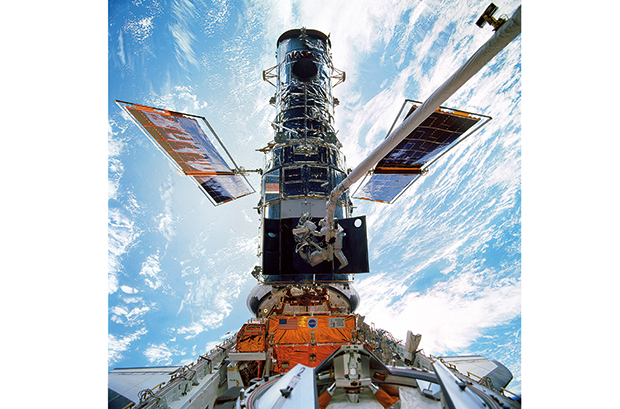
11: Where does it get its power from?
The computers and scientific instruments onboard are powered by two 2.45m x 7.56m solar panels.
12: Does it have on-board batteries?
Yes.
The power generated by the solar panels is also used to charge six nickel-hydrogen batteries that provide power to the spacecraft for about 25 minutes per orbit while the Hubble flies through the Earth's shadow.
13: How do scientists control or manoeuvre it?
The telescope uses an elaborate system of direction controls to improve its stability during observations.
A set of reaction wheels manoeuvres the telescope into place and its position in space is monitored by gyroscopes.
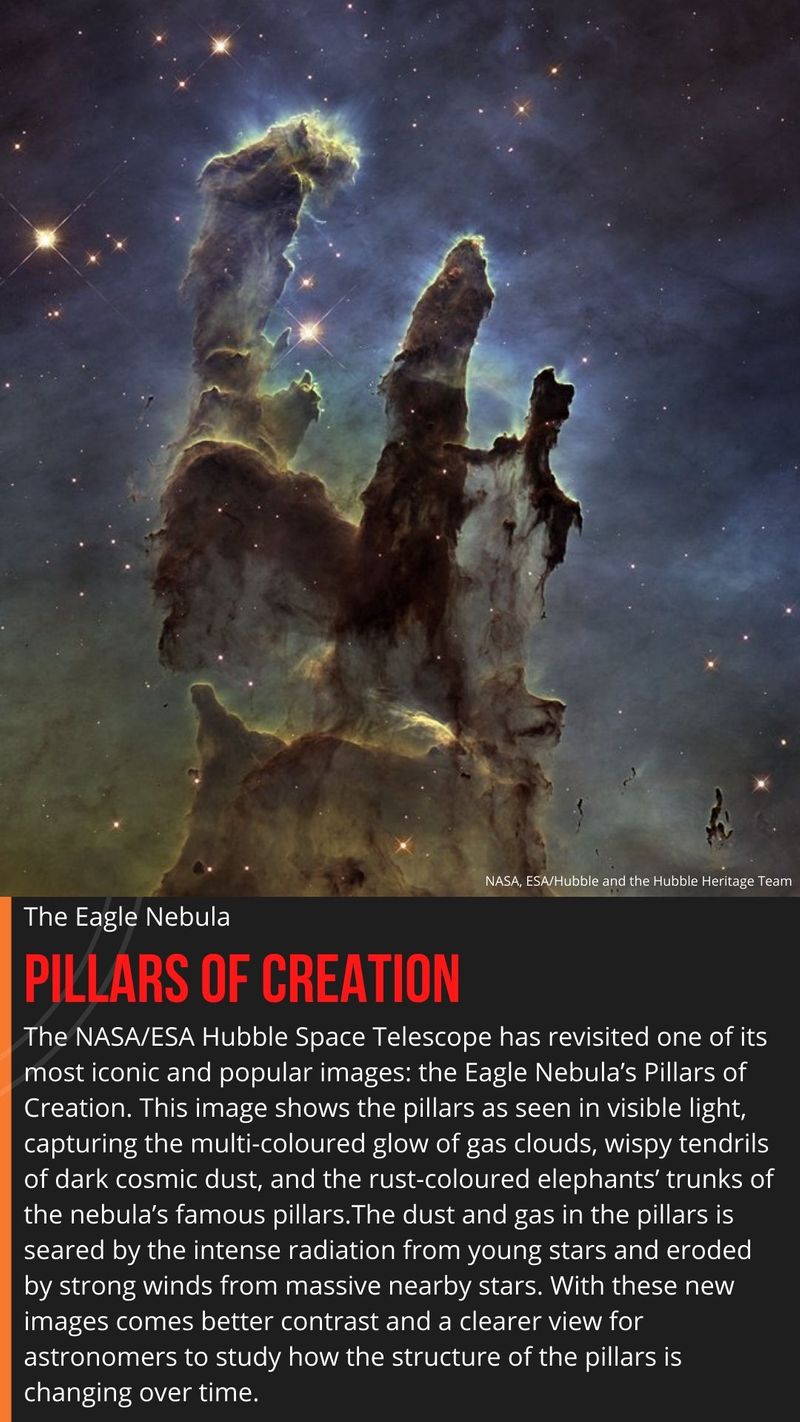
14: How does it “lock” on stars or celestial objects?
The spacecraft uses Fine Guidance Sensors (FGS) to lock onto guide stars. This ensures the extremely high pointing accuracy needed to make very accurate observations.
15: Does the Hubble have any rockets or rocket fuel on board (to control its orientation, or correct its altitude)?
No.
The telescope does not have any rockets on board. Boosting the spacecraft’s orbit can only be done during servicing missions, when the telescope is attached to the Space Shuttle.
But since the Space Shuttle program was discontinued, the Hubble Space Telescope has been on its own.
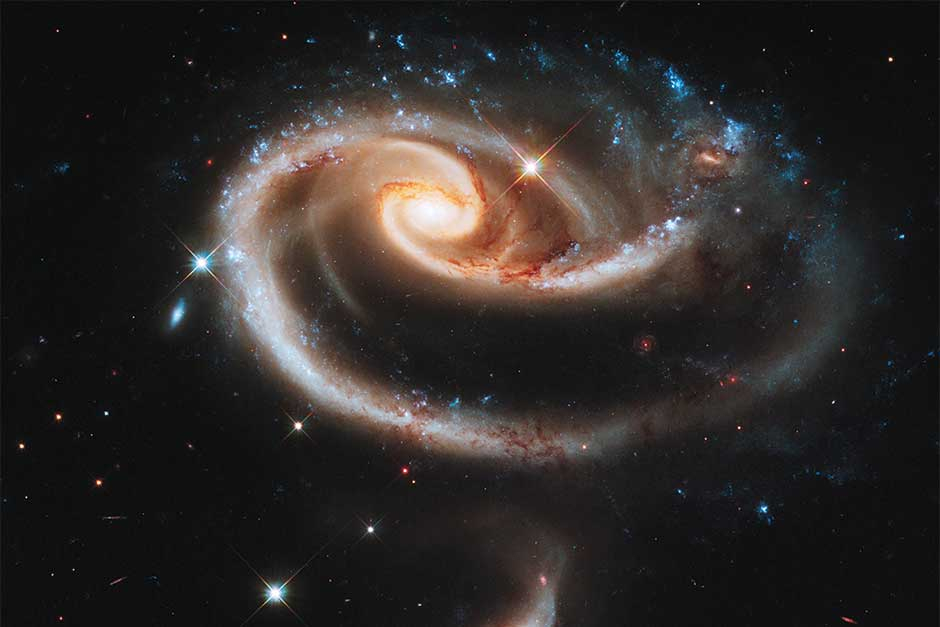
16: How big is the Hubble Space Telescope?
- Dimensions: Length: 13.2 meters, diameter: 4.2 meters
- Mass: 11,110 kg (at the time of launch)
- In addition, it also has two solar panels, each measuring 2.45 x 7.56 m.
17: How much did it cost to build and launch it?
From its original total cost estimate of about $400 million, the telescope cost about $4.7 billion by the time of its launch.
Hubble's cumulative costs were estimated to be about $10 billion in 2010, 20 years after launch.
$ 10 b
Estimated cumulative cost of the Hubble Space Telescope18: What are the instruments on board the space telescope?
- The Advanced Camera for Surveys (ACS)
- The Wide Field Camera 3 (WFC3)
- The Cosmic Origins Spectrograph (COS)
- The Space Telescope Imaging Spectrograph (STIS)
- The Near Infrared Camera and Multi-Object Spectrometer (NICMOS)
- Fine Guidance Sensors (FGS)
19: How high is it above the sky? What is its orbit?
It hovers over the Earth at approximately 570 km above the ground, inclined at 28.5 degrees to the Equator.
The spacecraft whirls around our planet at 28,000 kilometres an hour and takes 96 minutes to complete one orbit.
20: How many kilometers did it cover so far?
As of spring 2018, the telescope had made more than 163,500 trips around our planet. Those trips correspond to about 6.4 billion kilometres. This April 2020, it would have completed 175,175 trips around the Earth, corresponding to 6.86 billion kilometres.
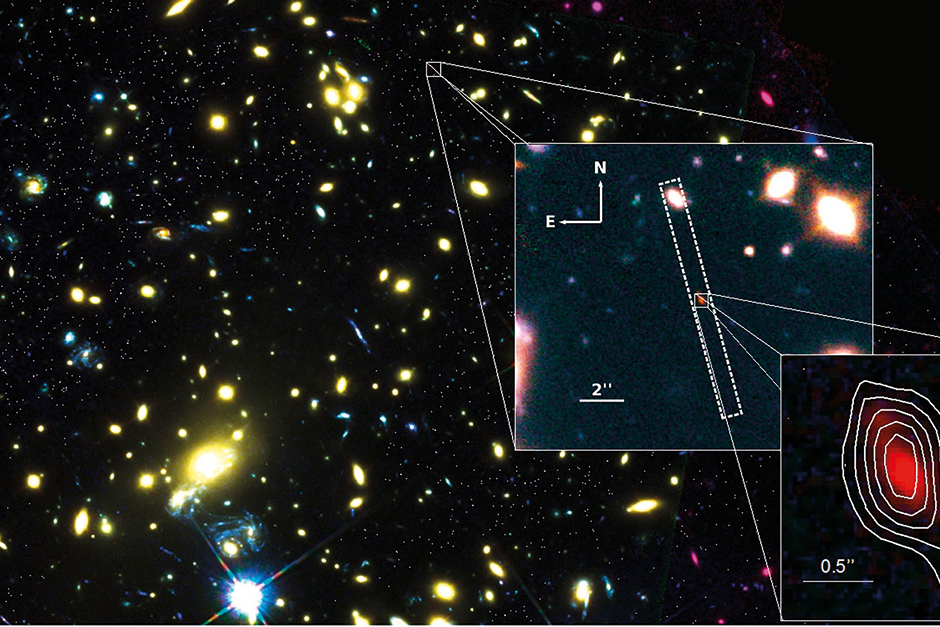
21: How many gigabytes of data does it generate?
It’s designed as an observatory in space, and gathers data through its various instruments.
The orbiting observatory generates more than 80 gigabytes of data each month.
As of spring 2018, the Hubble Space Telescope has made over 1.5 million observations of more than 43,500 celestial objects.
This year, 30 years’ worth of observations has produced more than 154.93 terabytes of data.
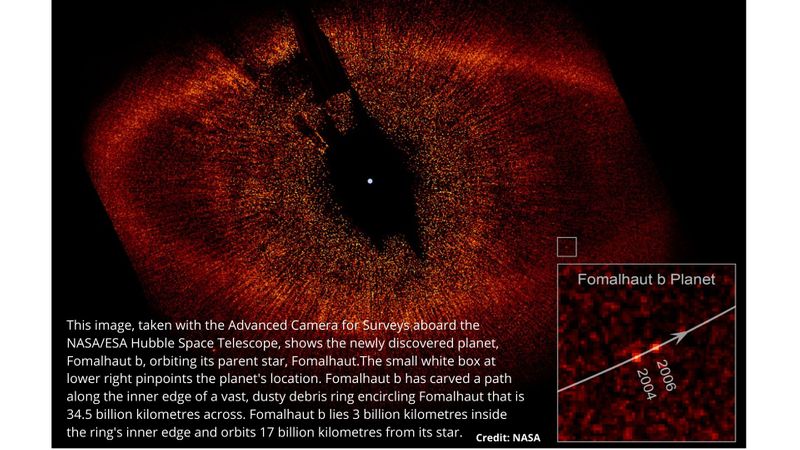
22: What’s the scientific value of the Hubble Space Telescope?
Astronomers using Hubble data have published more than 15,500 scientific papers, making it one of the most productive scientific instruments ever built.
23: Why is it important to look out into space? How far can it see?
It’s important to look out into space, because it allows us to look back into time, close to the moment of the "Big Bang".
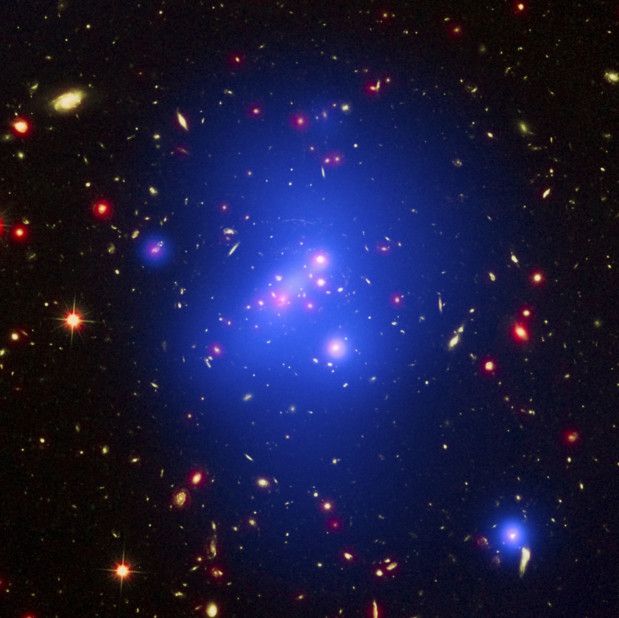
24: How does this time-space thing work?
Looking into deep space, billions of lightyears away, gives us insights into the beginning of time and creation, as we know it.
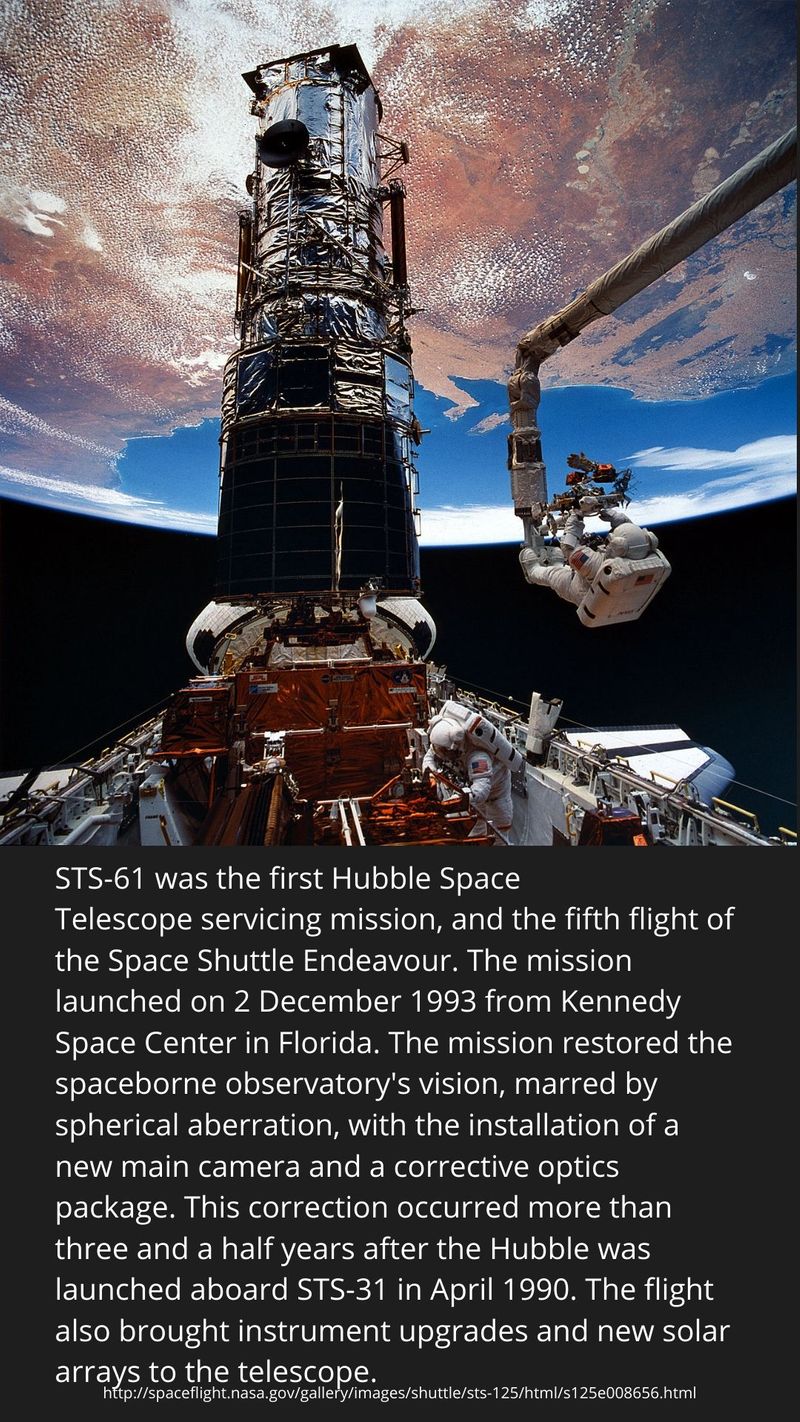
For a simple illustration of how it works, let’s consider the Sun. It is the nearest star to us, about 93 million miles away. Given that distance, it takes about 8.4 minutes for the light of the Sun to reach the earth.
Another example: Proxima Centauri. It’s a small, low-mass star located 4.24 light-years away from the Sun in the southern constellation of Centaurus (from its Latin name means the "nearest [star] of Centaurus". This object was discovered in 1915 by Robert Innes and is the nearest-known star to the Sun.
As defined by the International Astronomical Union (IAU), a light-year is the distance that light travels in vacuum in one year (365.25 days). It's a unit of distance, not a unit of time.
The light-year is most often used when expressing distances to stars and other distances on a galactic scale, especially in non-specialist and popular science publications. The unit most commonly used in professional astrometry is the parsec (symbol: pc, about 3.26 light-years; the distance at which one astronomical unit subtends an angle of one second of arc).
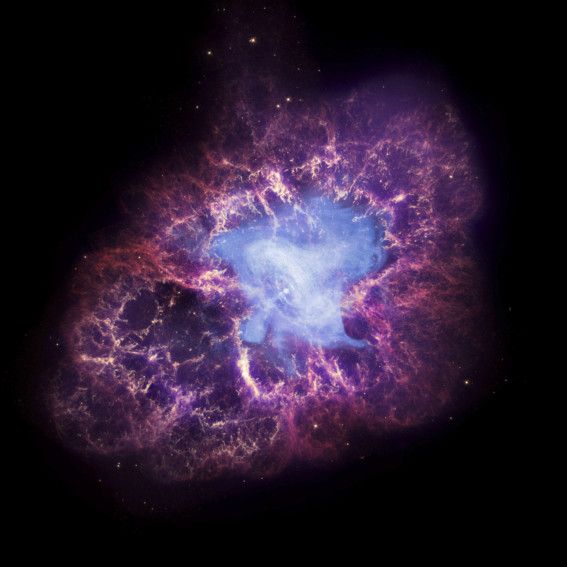
25: So what you see is not always what you get?
In astronomical terms, yes.
It means the light we see emitted by Proxima Centauri the moment we look at it on a cloudless night was actually emitted 4.24 years ago. So at that same moment, this star could have moved to another place in the sky, and is no longer where your eyes actually found it.
This is distance tricking the eye.
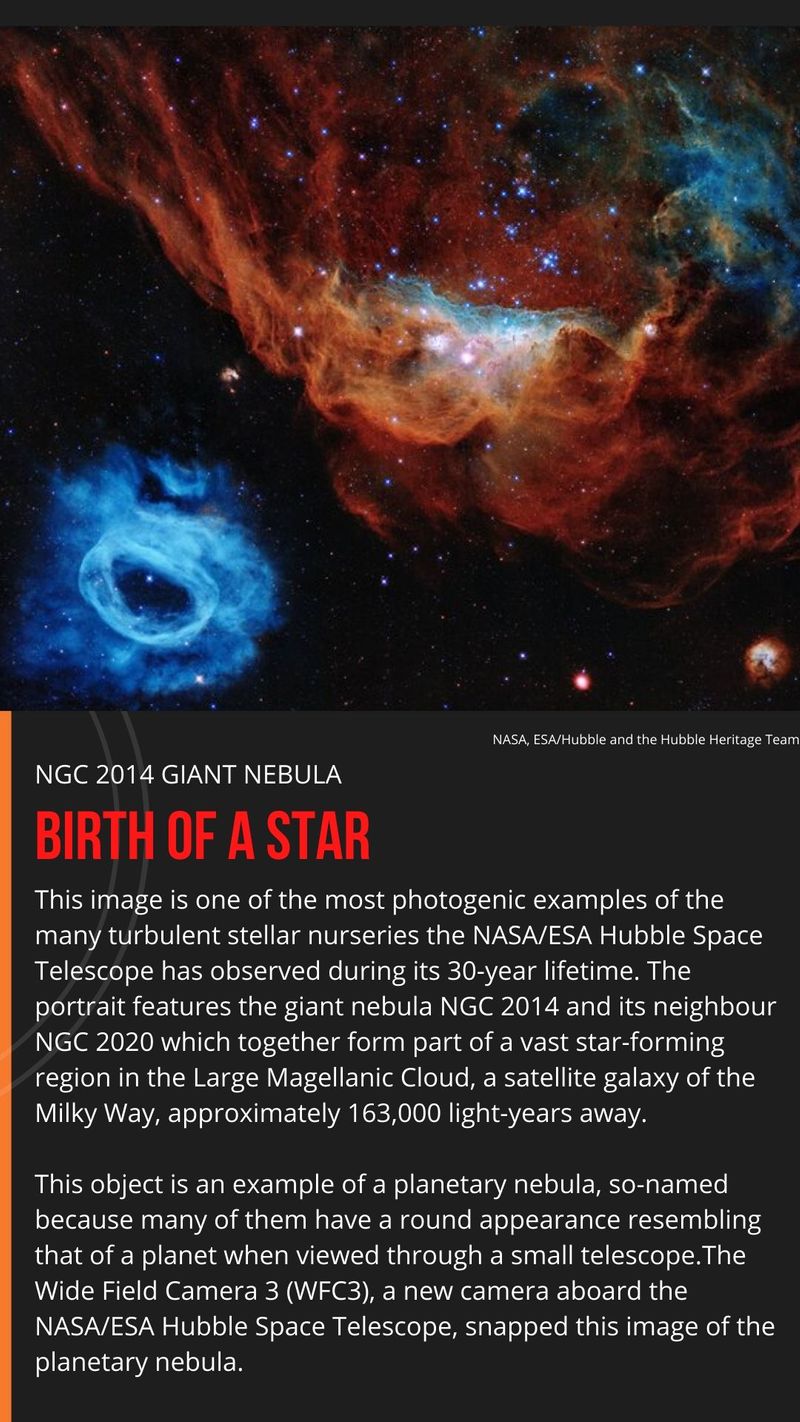
Here’s a simple video of how Hubble’s ability to look into “deep space” allows us to understand the universe better:
Kilometres per minute: 1,080,000,000
26: What is the farthest star ever seen by Hubble?
Icarus is the farthest star known to man, spotted by Hubble Telescope. Icarus, whose official name is MACS J1149+2223 Lensed Star 1, is the farthest individual star ever seen. It is only visible because it is being magnified by the gravity of a massive galaxy cluster, located about 5 billion light-years from Earth.
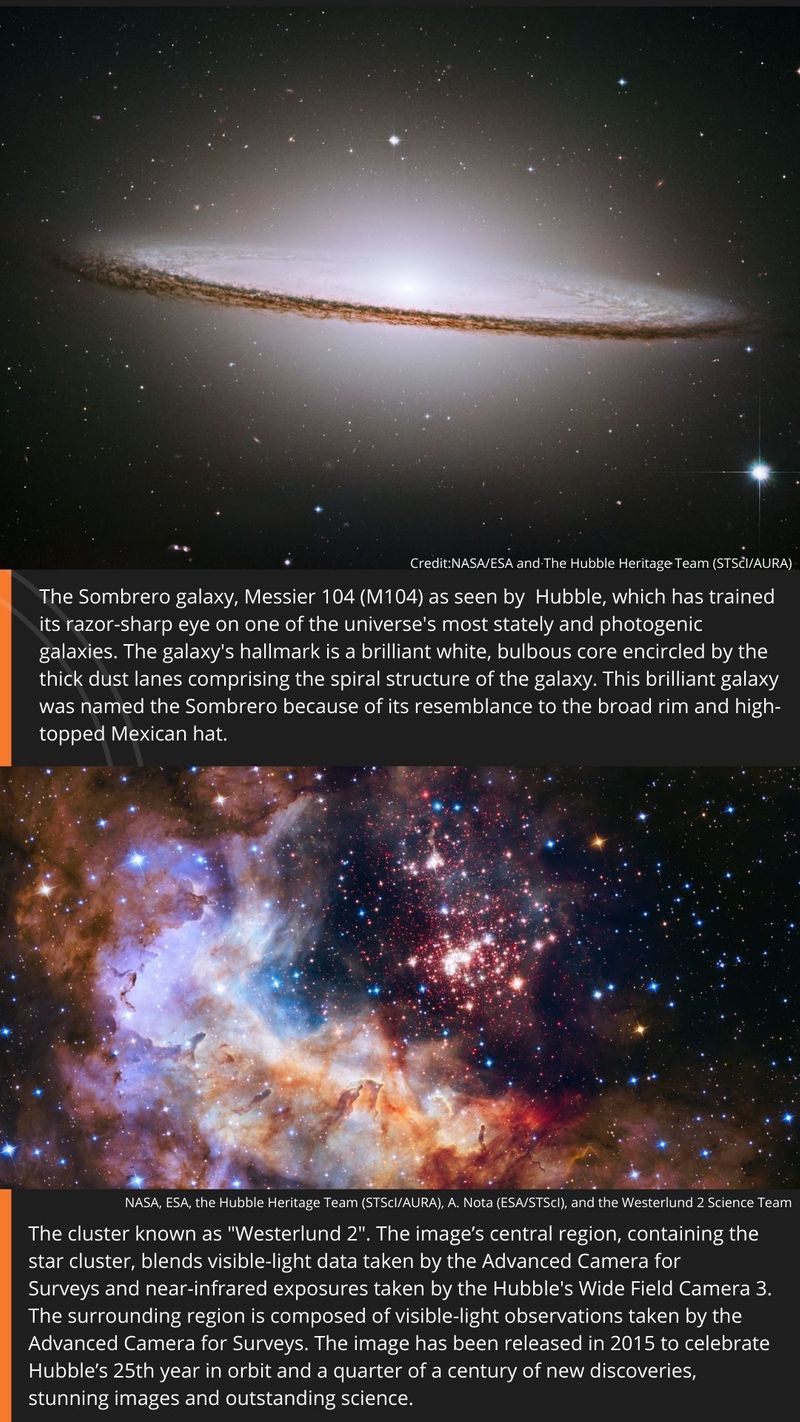
As defined by the International Astronomical Union (IAU), a light-year is the distance that light travels in vacuum in one year (365.25 days).
The term light-year should not be misinterpreted as a unit of time. Rather, the light-year is most often used when expressing distances to stars and other distances on a galactic scale, especially in non-specialist and popular science publications.
The unit most commonly used in professional astrometry is the parsec ("pc", about 3.26 light-years; the distance at which one astronomical unit subtends an angle of one second of arc).
27: From where is the Hubble being controlled?
The science operations are co-ordinated and conducted by the Space Telescope Science Institute (STScI) in Baltimore and at NASA's Goddard Space Flight Center (GSFC) in Greenbelt, Maryland, USA.
The European Space Agency maintains staff at STScI.
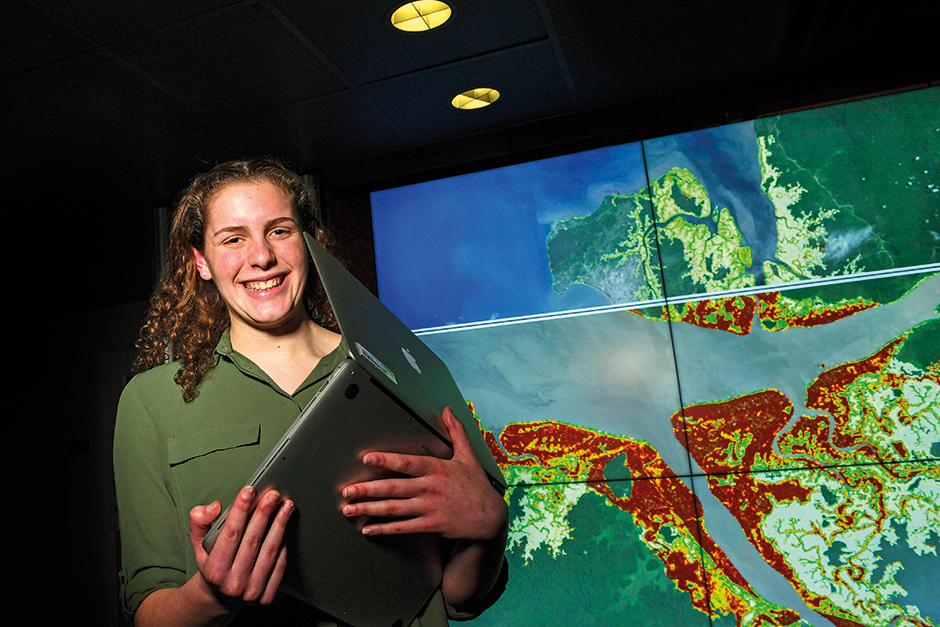
28: So what really makes the Hubble Space Telescope special?
Since its deployment on April 25, 1990, from the payload bay of Space Shuttle Discovery (STS-31), it has been repaired five times. Astronauts had to train on earth for months to do their repair mission in space. When it was launched, astronomers soon found a serious, though not fatal, flaw.
If the Hubble was like all other astronomical instruments lofted into orbit on rockets, it would have had to live out its operational life with that flaw, working at a fraction of peak efficiency. But not Hubble. It’s not like any other space telescope. It was designed to be serviced by astronauts visiting it on the Space Shuttle missions. That’s one reason why it was placed in a low earth orbit, so it could be accessible by the spacewalkers.
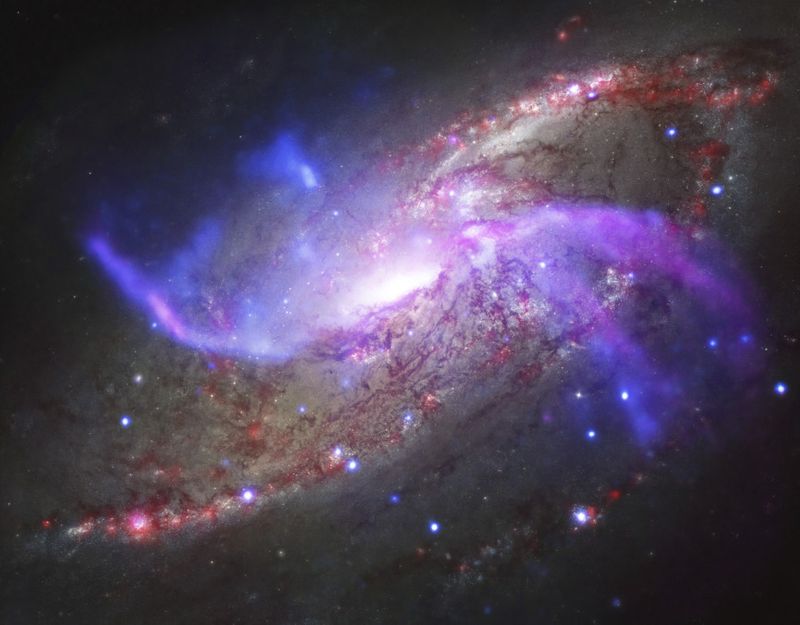
29: What’s next after the Hubble Space Telescope, what will replace it?
Its planned successor is the James Webb Space Telescope (JWST) which is scheduled to be launched next year, in March 2021.
30: Would the Hubble be retired eventually?
Probably, but not too soon. It may remain active for years to come.
Keeping Hubble operational would serve two purposes. First, it’s a hedge against potential issues with the Webb Telescope, due for launch in 2021.
Unlike Hubble, Webb will be positioned far away from Earth at the L2 Lagrange point.
That’s a stable orbital location that keeps the Earth between the telescope and the sun. It will be too far away to service effectively, so making sure the Hubble works as a backup could be smart. There will also be limited time on the Webb Telescope for astronomers, so keeping some observations on Hubble could free up time for studies that can only be completed by the more powerful Webb Telescope.

The James Webb Space Telescope (JWST) will launch on an Ariane 5 rocket from French Guiana, then take 30 days to fly a million miles to its permanent home: a Lagrange point, or a gravitationally stable location in space. It will orbit around L2, a spot in space near Earth that lies opposite from the sun.
The Webb telescope will actually orbit the Sun, 1.5 million kilometers (1 million miles) away from the Earth at what is called the second Lagrange point or L2.
By way of comparison, Hubble orbits 550 kilometres (340 mi) above Earth's surface, and the Moon is roughly 400,000 kilometres (250,000 mi) from Earth.
BONUS: If something goes wrong with the Hubble Space Telescope, could it be fixed again?
It's possible. The Hubble is a byproduct of the US Space Shuttle program, which was retired in 2011.
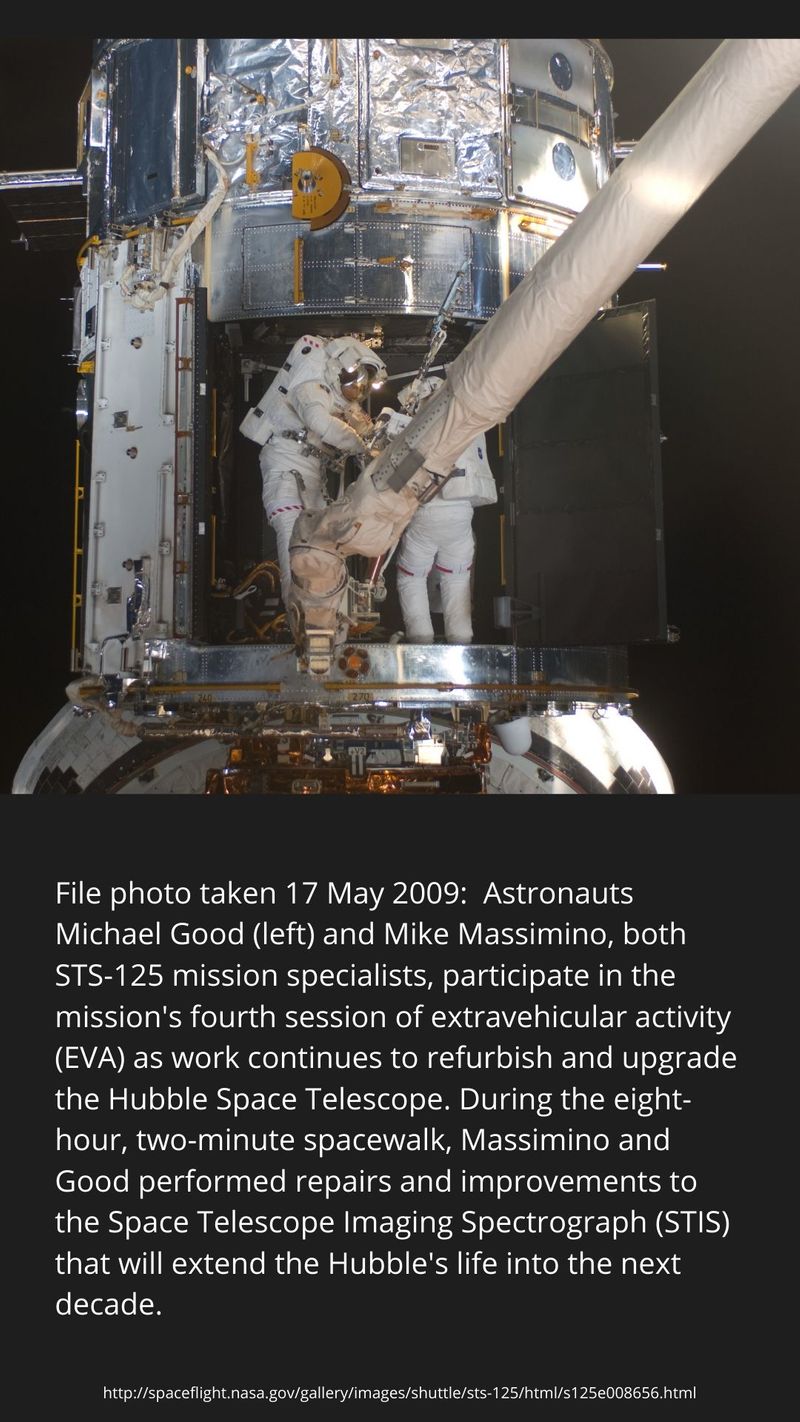
Now, there’s another planned service mission. It’s still in the early stages, but officials think that a private space company could have a vehicle capable of going on a Hubble refurbishment mission.
(Sources: NASA, ESA)
